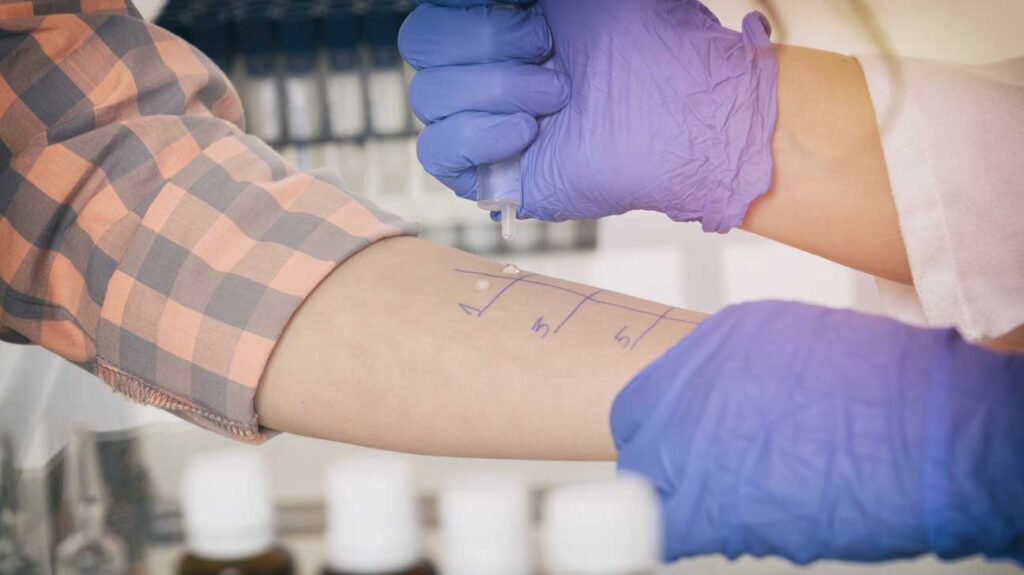
When the body has difficulty digesting the food you consume, you have a food intolerance. In this article, we are talking about What is Food Intolerance?
Although this is usually not very serious, it is enough to make you sick. Many a time, we eat something and feel uncomfortable after an hour or two. This happens because the digestive system is not able to work properly with some food items.
Many of us draw similarities between food intolerance and food allergy, but the two have some critical differences in their symptoms. Its symptoms can last for a few hours while the allergy symptoms, like itchy skin, wheezing, or lips swelling, stay for quite a long time.
As a human, we all love food. However, there are some food items that we dislike or avoid because of different reasons, including taste, health issues, and allergies. According to several studies, food intolerance is quite common nowadays and affects 15-20% of the population. It is mostly found in people suffering from digestive system disorders.
What is Food Intolerance and What Symptoms

These are some symptoms one might feel just after or an hour after intake of the food.
- Stomach Upset
- Milder immune reaction.
- Diarrhoea
- Constipation
- Skin issues
- acidity
- Tummy pain
- headache
Causes of Food Intolerance
Food intolerance is mostly caused due to lack of digestive enzymes, sensitivity to food additives, and Digestive disorders. It can also be caused by toxins present in food.
Lack of enzymes
As soon we intake the food, enzymes start secreting right from the salivary gland to our small intestine and help in food metabolism in form of protein, carbohydrates, and fat. Enzymes also help in the absorption of nutrients.
Exocrine pancreatic insufficiency
When there is an insufficiency of enzymes one may feel difficulties in digesting high-protein foods, which may later cause liver-related problems.
Diagnosis

The best way to identify and diagnose Food Intolerance is to eliminate diet. You must eliminate certain food items which make you feel uncomfortable, such as dairy & wheat products, gluten, nuts, eggs, lagoons, and any other items which are bothering you. Remove these foods for 30-40 days and again reintroduce them one at a time and monitor your body with resurfacing of symptoms. If everything is fine with that particular food then move to the next one. This is a lengthy process but you can Identify it on your own.
You can also use IGG antibody testing.
Immunoglobulin G is also called the food sensitivities test which requires a few drops of your blood and then LAB measures the amount of IgG antibodies found for the respective type of food. understanding in a way where specific food reactivity level gets detected and hence gets monitored by you.
FAQs
Q. What are the 3 most common food intolerances?
Ans: Some of the most common food intolerances are lactose intolerance, gluten intolerance, and monosodium glutamate intolerance.
Q. How do you test food intolerance?
Ans: you can easily check it by monitoring the reaction right after consuming the food or IGG antibody testing.
Q.How long does it take to get over food intolerance?
Ans: It may last for an hour or in some cases for 3,4 days.
Q. When should I see a doctor about food intolerance?
Ans: If you notice rapidly worsening symptoms, you must seek help immediately.
Q. What are the most common foods which cause food intolerance?
Ans: The most common food which causes food intolerance are:-
- Dairy products(milk,cheese,yogurt)
- Eggs
- Chocolates
- Citrus food and tomatoes
- Red wine
Keep visiting The Ganga Times for such beautiful articles. Follow us on Facebook, Twitter, Instagram, and Koo for regular updates.
